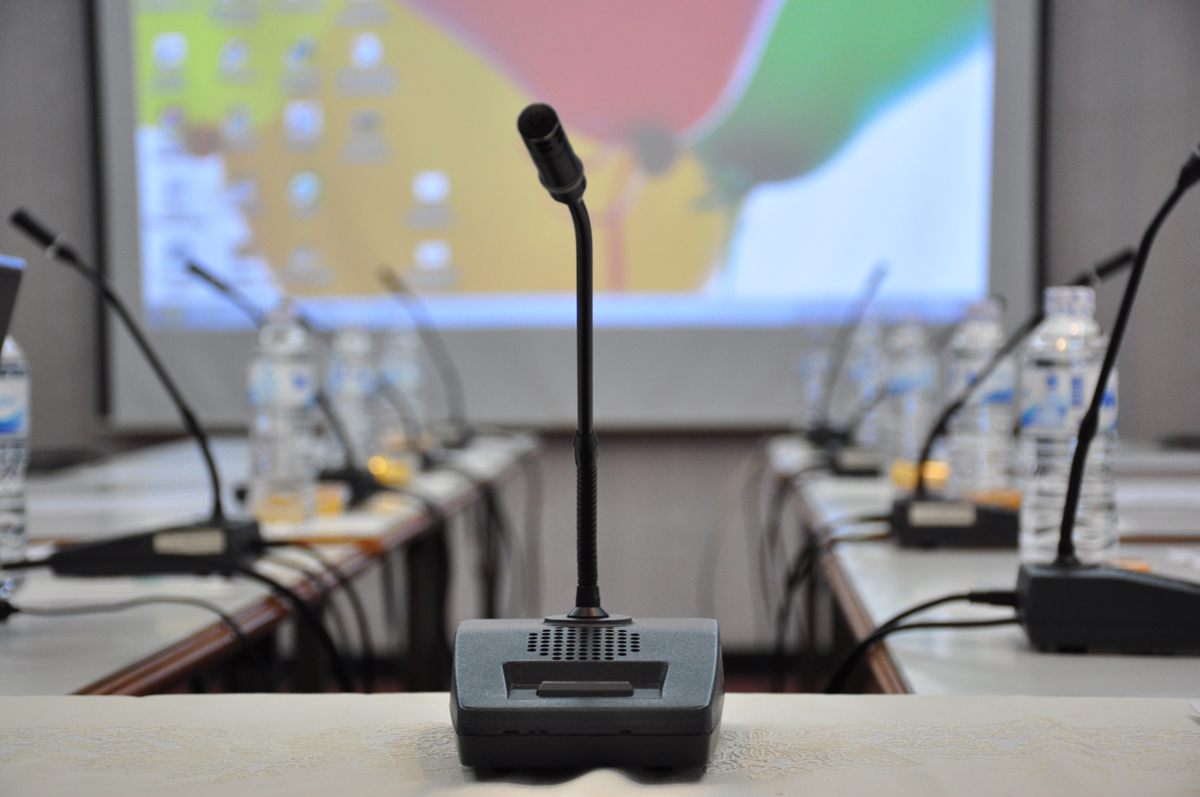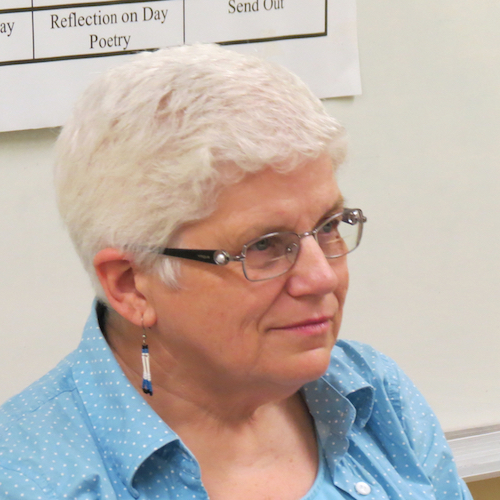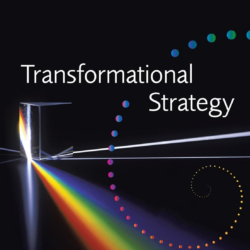The following are some important elements of setting a context for a session. They may not be presented in exactly this order.
1. Aims of the session
2. Parameters of the conversation/session
3. Background
4. Ground rules / working assumptions
5. Role of the facilitator
1. Aim of the session: State what the kind of result the session is intended to produce. This may be a decision on the topic, or it may be a list of considerations so a decision can be made outside the group, or other kind of result. “At the end of this meeting, we intend to have………” Test to make sure that the aim is not “the group will agree with the decision I have already made”. This would be in contradiction to steps 4 and 5, and almost always leads to major difficulties.
2. Parameters of the session: A statement of what this session is not about, as well as what it is about. If a decision has already been made externally, state what the group has control over or input into, and therefore the aim of the session. There is no need for a participatory event if there is no openness to the results of the group participation!
3. Background: This may be a summary of the larger topic, or may actually be a process in itself. The Journey Wall (also known as Historical Scan) helps a group understand the past and set the context for future planning. Journey Wall Process Steps
4. Ground rules or Working Assumptions: Some groups need to create their own ground rules. This can take a long time, and is best done with a group who will be meeting several times. ICA’s Working Assumptions are not ground rules, but are principles of respect that provide safety for a group. “Do’s and don’ts” flow from these assumptions. More Detail on the Working Assumptions
5. Role of the facilitator: Facilitators, as human beings, have their own opinions. Letting the group know that you are “hanging your opinions on the doorknob” as you enter the room as a facilitator, helps the group know you are not coming to persuade them, but to listen to them. You can also say that your expertise is in guiding the process that will help them create their own best ideas as a group.






